Using an SDR device over your local network is pretty handy. If you are like me your antenna connection for your SDR is in one place. If you want to play “radio” you have to do it in that one place formerly known as “The Ham Shack”. No more. The Ham Shack can be anywhere in the house now.
Using an SDR over the network is nothing new but the various methods have pros and cons. Essentially I want to be able to roll through 0 KHz to 1800 MHz from anywhere in the house. In my previous blog I used an Airspy HF+ Discovery to stream to a Mac computer. That worked perfectly but the Airspy HF+ does HF (plus a little more). It doesn’t go 0-1800.
But my SDRPlay devices (RSPdx, RSP1a, and RSPDuo) do. SDRPlay has some network Server software called RSP_TCP and let’s just call a duck, a duck shall we? It’s crap. It has limitations and it seems to be an abandoned project. Go to their Github page and nothing has been done to the code for a couple of years.
But the folks at SDRPlay came up with an awesome solution to remote control a couple of years ago (which is probably why they bailed on the RSP_TCP project).
It is called VirtualHere. I’ll try to make the explanation of that it is as simple as possible.
- VirtualHere Server is installed on a computer where your RSPdx is plugged into.
- You then install VirtualHere Client on your Windows laptop and it looks like the RSPdx is physically plugged into that client computer.
In my case I plugged my RSPdx into a Raspberry Pi that I use for Network storage. It is always on and it is connected to my wired LAN. And it’s close to my Antenna connection. You can easily install VirtualHere Server by running this command from this Github page:
curl https://raw.githubusercontent.com/virtualhere/script/main/install_server | sudo sh
And you can check it is running by:
systemctl status virtualhere
Looks like this:
Server Status (click pic to enlarge)
That end is done. Time to hop over to the client computer. Again in my case it is Windows or SDRUno, which is already installed. Go to the VirtualHere Client page and download the version you need (Windows 64 bit for Win 11 for me).
Run that file and it will see your RSPdx but it will display as 0x3030.
VirtualHere Client (click pic to enlarge)
Right click on that, Select Properties and then change the name to RSPdx. Then right click on it and tell it to Run.
VirtualHere Client (click pics to enlarge)
Once it is running it will appear in your Windows Device Manager under Sound Controllers as, you guessed it, an RSPdx.
Device Manager (click pic to enlarge)
Now SDRUno will open up because it thinks an RSPdx is connected to your computer. With no device connected SDRUno won’t even start. There is one setting you need to change though. Under main panel settings change the USB Transfer Mode to Bulk. If you don’t change this setting audio will be horrible and SDRUno may crash.
USB Transfer Settings (click pic to enlarge)
SDRPlay claims that this program doesn’t work great on WiFi but I have found that it does PROVIDED YOU HAVE A STRONG WIFI CONNECTION. But performance is best if both the Client and Server are on a wired LAN. Again, I have no beef with its performance over WiFi but I do experience issues if my WiFi signal isn’t strong.
I have had a couple crashes when messing with a weak WiFI signal. Also I’m not positive but when I do more CPU intensive stuff like Synchronous AM on weak WiFi I can cause a crash. I’m not 100% positive about that but weak wifi is a no-no.
Anyway, this is THE BEST SDR NETWORKING SOLUTION I HAVE EVER FOUND. AirSpy Spyserver is pretty awesome but I have always loved the complexity of SDRUno. I feel like a Signals Intelligence Officer when I’m using it. 😃
Some limitations noted.
- You can only run one client to the server for each device. No sharing.
- You can only use one device at a time with the Trial version.
- The only way to run the client as a service (starts automatically at boot) is to buy the paid version ($49)
- Lots of Network Attached Storage OS’s can run VirtualHere Server but not Unraid which is what I use. I think I could put it in a docker container though.
- Versions that are optimized for your hardware specifically are licensed versions only.
- Essentially if you want to share one device for one thing, the Trial version is more than adequate. If you want to use this for business to share multiple USB device like printers, dongles, attached hard drives, etc……….you need the licensed version.
The last thing I’ll say is that USB visualization is usually STUPID EXPENSIVE. $49 is a BARGAIN and totally worth it if you want to use more than one device.

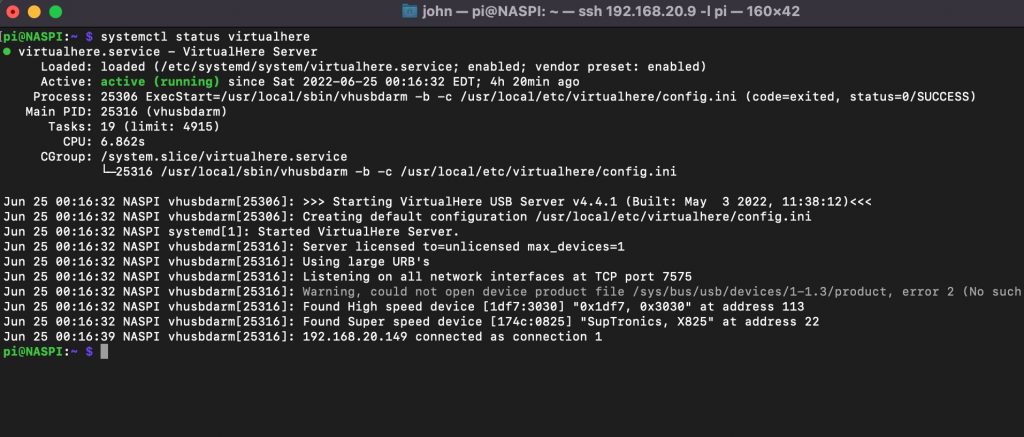
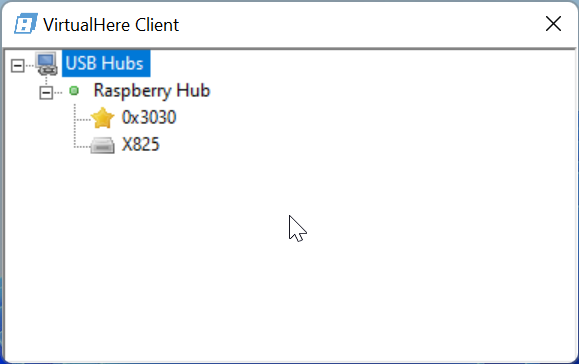
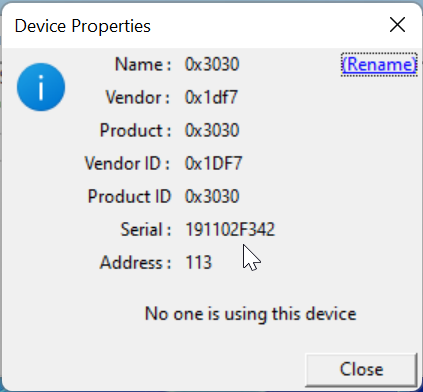

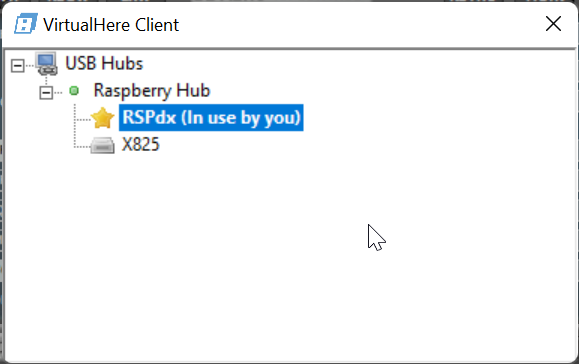

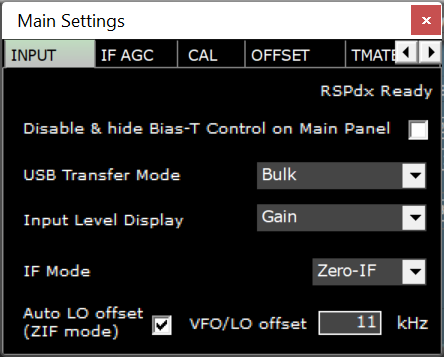
I’m a little confused (as usual). Can I run VirtuallyHere when my RSPdx is a thousand km away at the cottage? That’s what I really need. I installed the Server up there (virtually, via Chrome Remote) and the Client down here on this laptop, but how to connect both?
seems like you may need a VPN for what you are trying to do to work, check out https://tailscale.com/ It might do what you are looking for.
Walt,
Whatare the OSs involved here,. You say the server is installed that has the sdr physically plugged into it. What is the server OS and what is the OS of the client you wish to use from your other location?
Regardless Russ is correct about suggesting VPN. But that is just to get you into the local network at your cottage. You still need to use remote desktop software to control your SDR connected machine at your cottage.
The vpn software is usually already built into your wifi router at your cottage. You just jeed to config it. Basically a username password and choose the security. You need to get the public ip address at the cottage which is easy enough with many websites reporting it with a simple google searcb. Worry domnot know your level of network experience.
Then from your client computer back in the city or where ever. 6ou first open the von client and enter the ip adress and the username andpassword. That now has you remotely as a computer on your hetwork at your cotrage. Then you will ooen your remote desktop software and it will show you the computer that has that software running (your sdr computer). Simoly dhoise to connect. Enter the password if set and a window will open that is a image of your desktop on the sdr computer. You simply then move the mouse around in that window as if it was your desktop at the cottage. Depending on computer speed and connection speed it may lag a bit so you will need to get use to that. After30 yrs asa network engineer its second nature to me but it takes a bit to get use to at first. Just do nit try to rush clicking really fast. Take your time and it will work wel.
If you tell me your OSs and your wifi router and model at the cottage I canrecoimend the remote client software and tell you what von options are available on the router at the cottage.
Honestly the ONLY safe se ure way to remote into a local network (your cotrage) over the internet is with a VPN. Opening ports on the router is just asking to have yourwhole hetwork hacked at the cottage.
Cheers
I’ve been scratching my head a lot in the past days to find a solution to use SDRuno with a remote RSP1A and VirtualHere was the solution.
You are right, anything involving USB visualization is so expensive so I’m real glad that I found this guide.
What I find weird is that even if I searched a lot on the subject, VirtualHere never came up.
Thanks again.